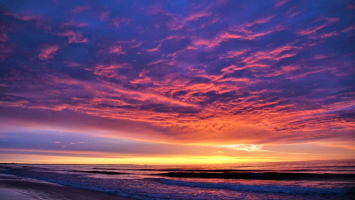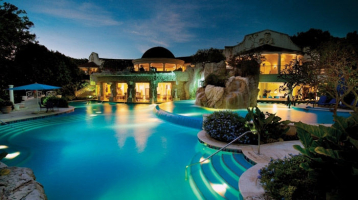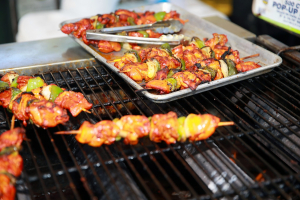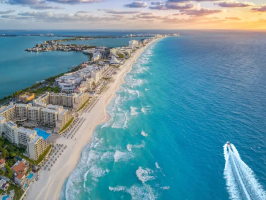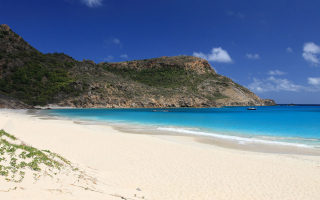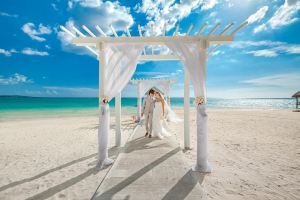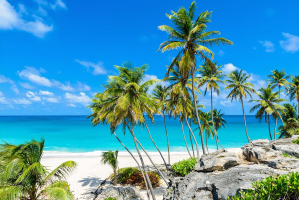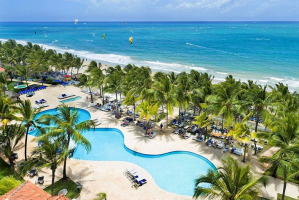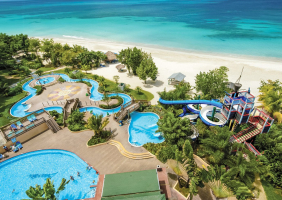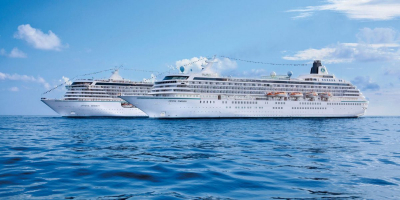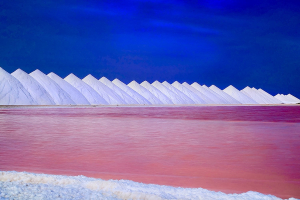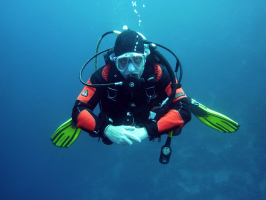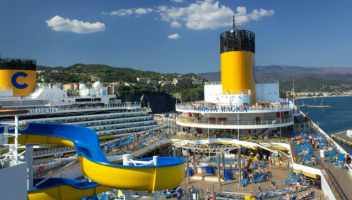Top 17 Best Caribbean Honeymoons
The Caribbean has some of the world's most stunning beaches, as well as resorts and boutique hotels that appeal to romantic travelers. Many hotels go above and ... read more...above to satisfy wedding and honeymoon visitors, offering romance packages and suite rooms, as well as unique enhancements like couples massages and champagne brunches. Here's an overview of some of the best honeymoon places to help you decide what's right for you.
-
The French Caribbean island of St. Barts is undeniably popular with the wealthy, yet it is sometimes out of reach for the middle class. But, as the sight of those free-roaming iguanas attests, it's far from snobbish, and it's also more accessible than you would imagine. If you prepare ahead of time, you can keep your vacation costs comparable to those on other Caribbean islands. And, thankfully, all 14 of St. Barts' (or St. Barth's) beaches are available to the public. The island is great for people looking for a European-themed paradise with lots of beachfront for maximum relaxation. If you're searching for more active nightlife and off-shore activities, visit Barts' relatives Martinique or St. Martin.
St. Barts is ideal for honeymooners searching for leisure and enjoyment in the sun, with 14 white sand beaches. Spend the day on Saline Beach nude swimming, followed by a peaceful spa treatment for two. Visit the trendy stores and shops while staying in a lovely tropical villa with a killer ocean view. Don't forget to eat at one of their exquisite high-end restaurants and see some of its historical monuments, such as the Wall House.
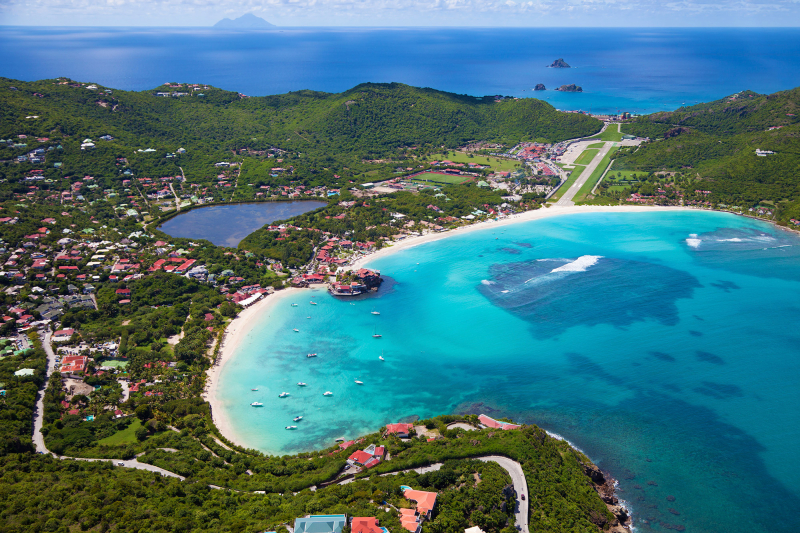
St. Barts 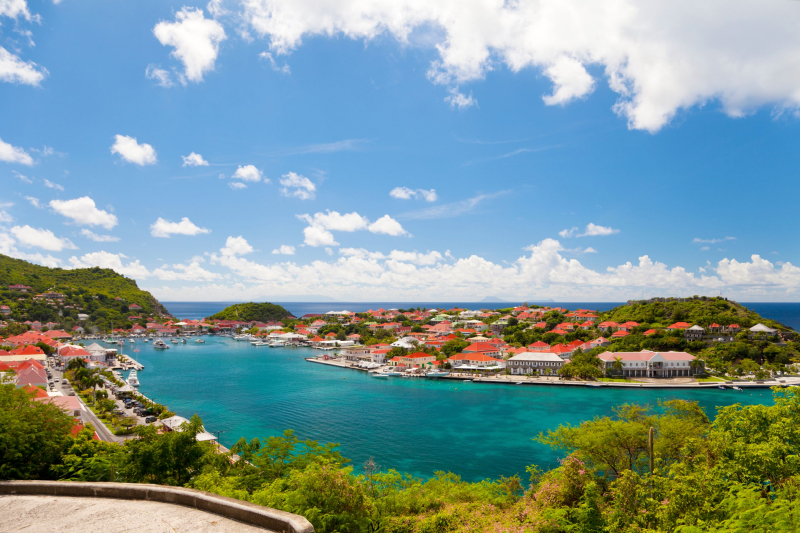
St. Barts -
The Turks and Caicos Islands is the ideal cure to your frantic existence, with practically deserted beaches flanked by the glistening azure sea, vivid coral reefs, crispy conch fritters, and a sleepy, laid-back vibe. While the island was impacted by the devastating hurricanes of 2017, much of the damage has been rebuilt, and the island's beaches are still as beautiful as ever. Turks and Caicos maintain its image as a quiet and elite vacation. Regular visitors to these narrow swaths of alabaster sand would tell you they wouldn't want it any other way.
There are three main characters in this network of about 100 islands and cays. There's Providenciales, or "Provo", which is home to a slew of opulent hotels. The Turks & Caicos National Museum and the shoreline of Cockburn Town, where Christopher Columbus first docked in the Western Hemisphere, are the historic and cultural center (and cruise ship hub) of Grand Turk. Salt Cay is a small, flat island that is home to some of the finest dives in the world. From here, you may explore one of the world's biggest reef systems.
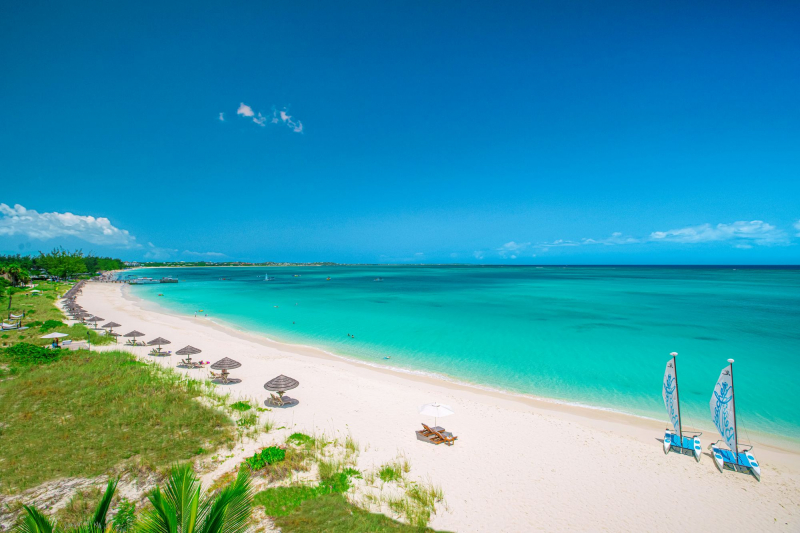
Turks & Caicos 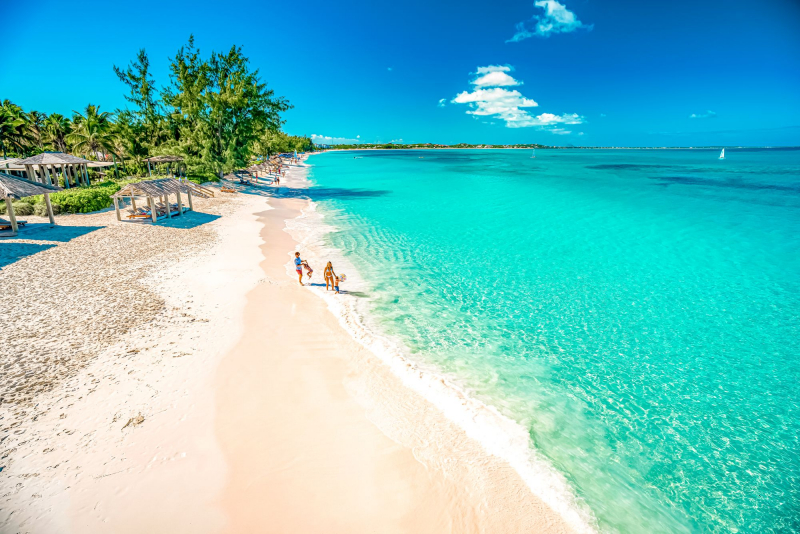
Turks & Caicos -
Consider this scenario: Bronzed sun-worshippers sprawl along isolated white sands, hemmed by shimmering waves, coral reefs, and sleek yachts; the sweet scent of tropical flowers and rum punch fills the air; thatched-roof cottages rise over turquoise waters; the sweet scent of tropical flowers and rum punch fills the air; bronzed sun-worshippers sprawl along isolated white sands, hemmed by shimmering waves, coral reefs, and sleek yachts The interesting network of hidden islands floating in the distance is the only thing enticing you away from your beach towel. St. Vincent and the Grenadines welcome you.
If you don't want to spend your days tanning on one beautiful island (St. Lucia) or eating conch with swarms of visitors on two others (St. Kitts & Nevis), St. Vincent & The Grenadines is the place to go. This Caribbean resort is ideal for a getaway, with 32 secluded islands and cays offering verdant slopes, postcard-worthy ports, and boutique hotels. Spend a few days visiting St. Vincent, the chain's largest island, before traveling to Mustique, Canouan, and Bequia, three of the Grenadines' most beautiful (and private) islands. However, visiting this peaceful, less-visited tropical paradise will take a long time in transportation (there is no direct aircraft from the United States) and a large budget.
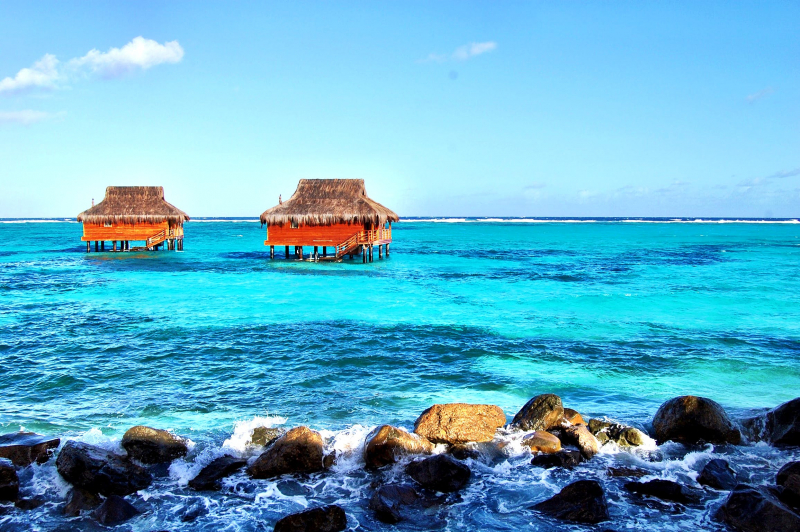
St. Vincent & The Grenadines 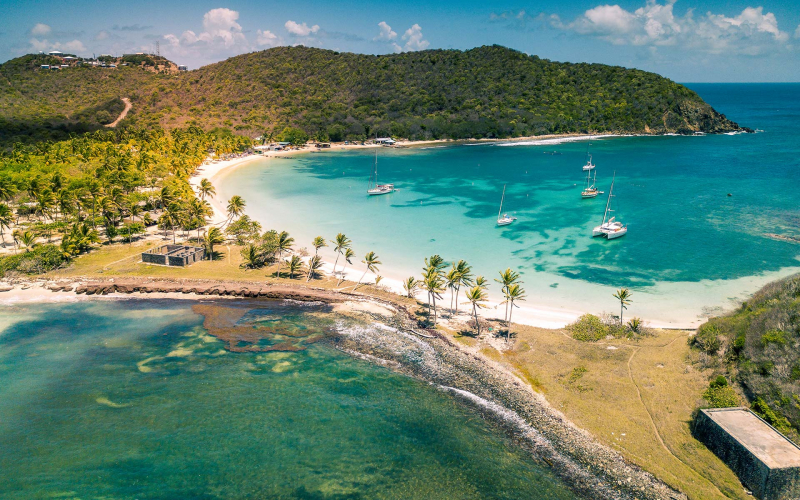
St. Vincent & The Grenadines -
The southern Caribbean's lesser-known yet magnificent twin islands are beautiful. Travelers seeking a blend of resort leisure and stunning scenery with a spice of adventure and history may find St. Kitts and Nevis appealing. St. Kitts is the more extroverted sibling, with the most restaurants, pubs, and hotels to choose from. Nevis, a secluded and beautiful island, epitomizes the grandeur that has been the region's calling card.
Although seclusion is the most appealing feature (Nevis has no streetlights), there are several additional attractions. Take, for example, the Royal St. Kitts Golf Club's sloping greens. Do you want to learn about culture? These islands have everything - just look at the St. Kitts Carnival in the winter or the music festival in June. And history buffs will appreciate the fact that Nevis is the birthplace of founding father Alexander Hamilton, that St. Kitts' majestic Brimstone Hill Fortress was once dubbed the "Gibraltar of the West Indies", and that the St. Kitts Scenic Railway teaches visitors on the area's sugar cane heritage. Meanwhile, those who have come only for the beach may unwind on a number of white-sand sanctuaries, such as Oualie Beach and Frigate Bay, with a good book.
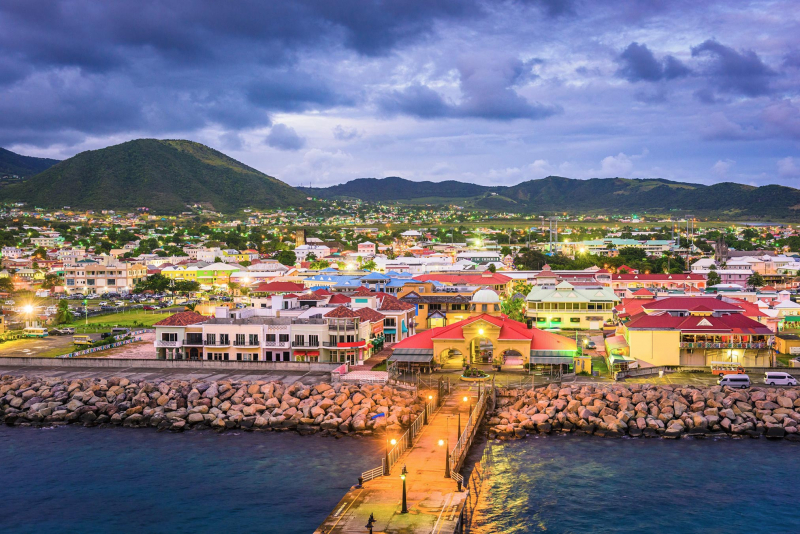
St. Kitts & Nevis 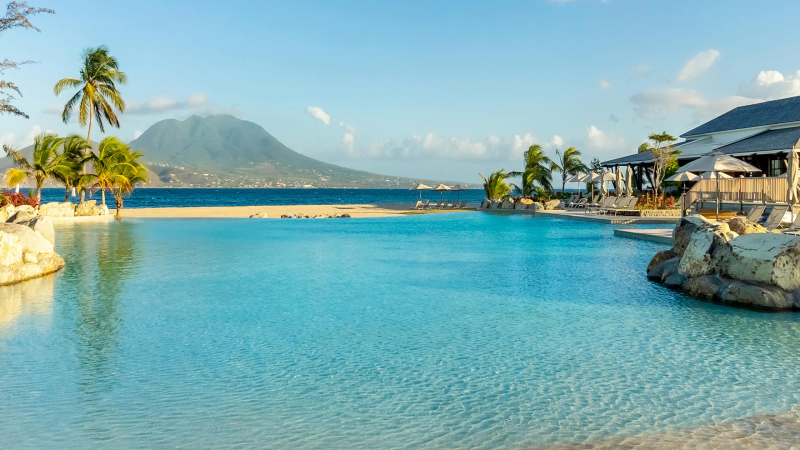
St. Kitts & Nevis -
Grenada has long been neglected by Americans, who prefer showier, resort-laden islands. But, as the Brits who have spent many winters here will attest, Grenada is well worth a visit. Sure, this portion of the Windward Islands lacks the enormous all-inclusive resorts and glittering nightclubs of St. Lucia or Barbados; in fact, you could have a hard time finding another American here. But it is part of Grenada's allure.
You won't remember your vacation to Grenada for the price of the flight or the quality of the hotel. St. George's port (perhaps the most beautiful in the Caribbean) is known for its kaleidoscope of reds, yellows, and greens, which are mirrored in the cerulean ocean. Long after the sun sets, the sound of the waves lapping against Grand Anse's smooth dunes reverberates in your ears. The scent of nutmeg and vanilla pervades Market Square and the spice plantations around the islands. It's the warm sensation you get in your gut and on your tongue after tasting the 150-proof rum from River Antoine Distillery. Grenada is designed to be appreciated as much as it is to be viewed.
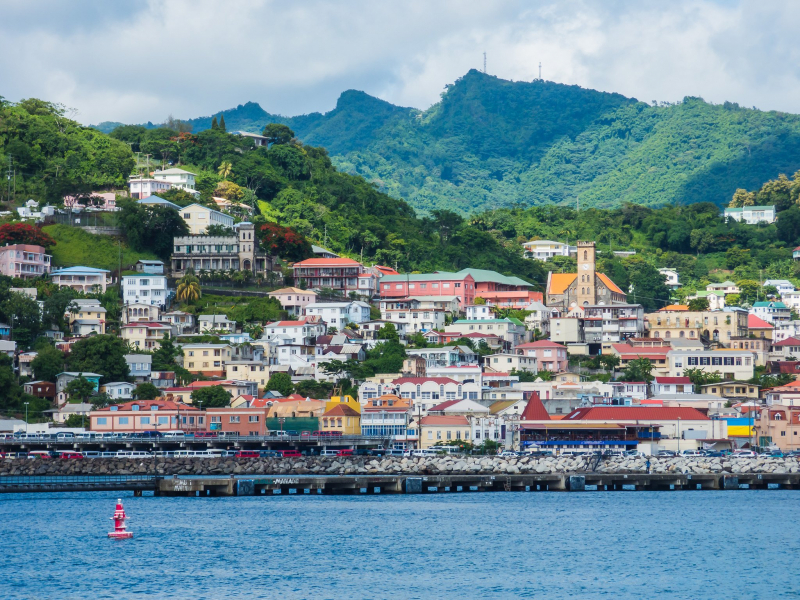
Grenada 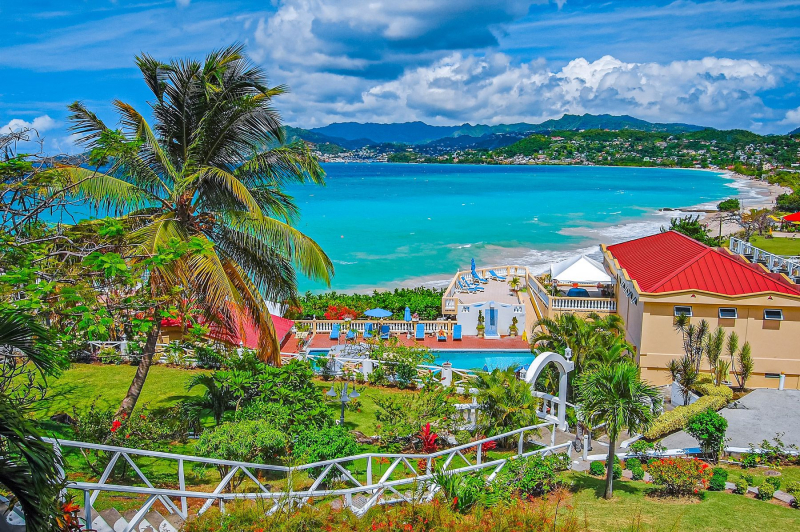
Grenada -
Unpolluted and lush The popularity of St. Lucia is expanding. Some of its visitors are music fans who enjoy the St. Lucia Jazz & Arts Festival in the spring, while others are adrenaline-seekers who push their boundaries by climbing The Pitons or zip-lining through the Chassin region's rain forest. Others are honeymooners relaxing on the island's chalky beaches or hunkering down in one of the island's remote resorts.
But what if you don't fit any of these descriptions? Don't worry: St. Lucia defies categorization as a certain "style" of Caribbean holiday. Furthermore, you will not have to spend a lot of money (its reputation as a luxurious hideout is only somewhat warranted). You'll have to go yourself to experience some of the island's ineffable beauties. Start your days with an orange-tinged Soufrière sunrise and end your nights with an evening "jump-up" (or dance party) along Gros Islet.
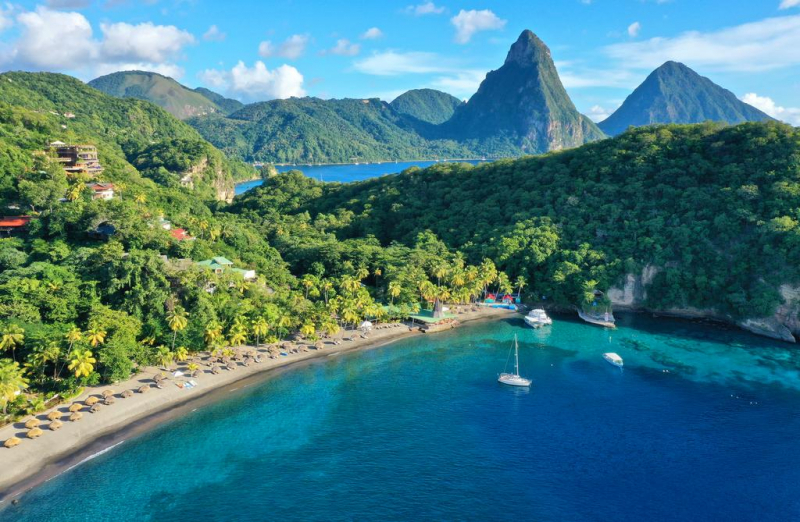
St. Lucia 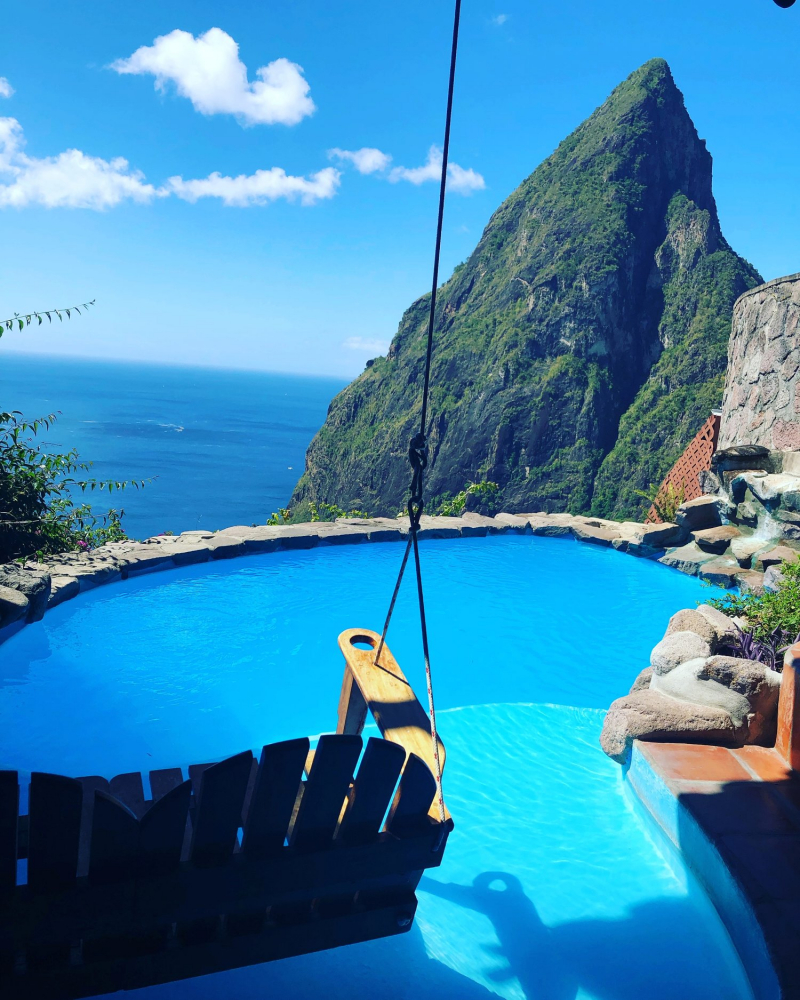
St. Lucia -
The US Virgin Islands is known as "America's Caribbean Paradise", where you may witness moko jumbies (stilt walkers) dance in a Carnival procession, hear a Creole dialect's melodious patois, and smell the spices in a saltfish pate (all without losing cell phone reception). You may visit one of the three islands, St. Thomas, St. John, or St. Croix, or spend time on all three. You'll get lots of pampering, an unspoiled environment, and colonial history all crammed into one holiday this way.
Each island offers something different. St. Thomas is recognized for luxury, from the megayachts docked in the port to the high-end stores along Main Street, and is nicknamed "Rock City" because of its steep, rocky horizon. With almost 7,000 acres of devoted parks and magnificent beaches, St. John, just a short ferry journey east, appeals to honeymooners and environment enthusiasts. St. Croix, located far south in the Caribbean Sea, offers tourists the opportunity to learn about the island's colonial past and the history of slavery at various forts and plantations. Additionally, the Cruzan Rum Distillery is located on this island.
A visit to the islands now may differ from what it was few years ago. Hurricanes Maria and Irma wreaked havoc on the islands, destroying or severely damaging houses and hotels. However, since 2017, the area has made significant progress in its restoration and is once again inviting visitors. So, if you're in need of a beach vacation, don't delay in making your reservations.
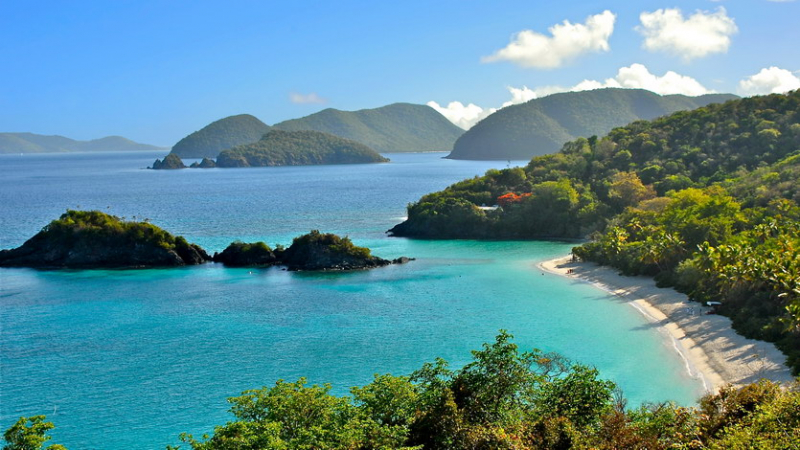
U.S. Virgin Islands 
U.S. Virgin Islands -
The British Virgin Islands, or BVI for short, is among the Caribbean's most secluded and underdeveloped islands, which only adds to their allure. The resorts, villas, restaurants, and other tourist attractions in this paradise are recognized for emphasizing minimalist luxury over expansive growth, attracting guests with deep incomes who like sailing and privacy. Many travelers who visit come by ferry boat from another Caribbean isle, especially as some find opulent exile too hard to enjoy for longer than a day or two. Some people recommend splitting your time between here, the neighboring US Virgin Islands, and Anguilla, which is to the east.
Others believe that these 50-plus islands and cays are more than enough to keep them permanently anchored there, despite Hurricane Irma's devastation in September 2017. Travelers will still be able to see signs of the hurricane's devastation, despite the BVI's brave reconstruction efforts. Mountainous cliffs and chalk-white beaches may be found in Tortola, which is characterized by changeable tides and calm easterly winds. Jost Van Dyke, a short sail away, provides wonderful Caribbean cuisine and drink, one of the best New Year's Eve celebrations in the region, and a few outdoor activities like diving and fishing.
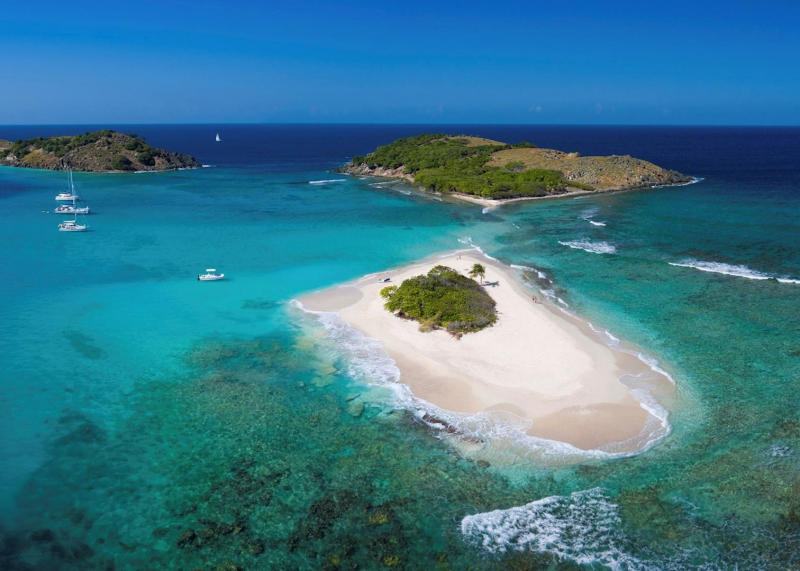
British Virgin Islands 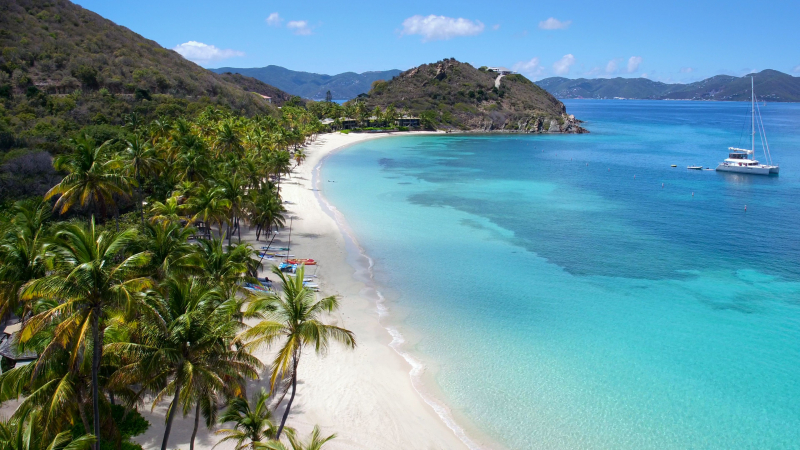
British Virgin Islands -
Spanish colonists called Aruba and her neighboring islands of Bonaire and Curaçao the "Islas Intiles", or Useless Islands when they arrived in 1513. They were completely incorrect. This southern Caribbean cluster is still benefiting from a dry environment and little rainfall; Aruba, in particular, attracts visitors with its blindingly white beaches and rocky limestone scenery. Divers wishing to investigate sunken shipwrecks or study some spectacular coral reefs up close flock to this island because of its excellent underwater visibility.
Aruba's image for exclusivity has been cultivated by exorbitant accommodation prices and flights (some of the most costly in the Caribbean), but a stroll down Palm Beach will demonstrate that this is not the case. College students, newlyweds, young families, and baby boomers are all vying for a spot beneath the nearest divi-divi tree. Those colonists will have to pay the price: Aruba is being put to good use.
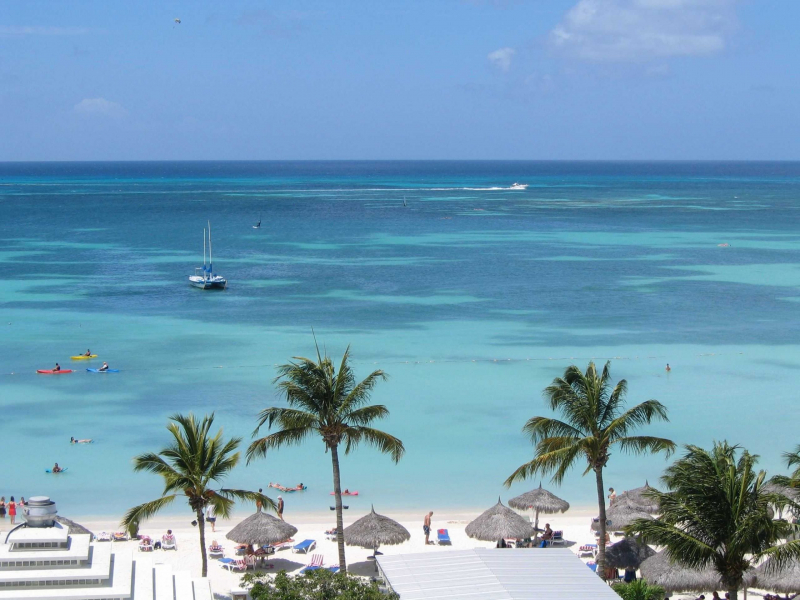
Aruba 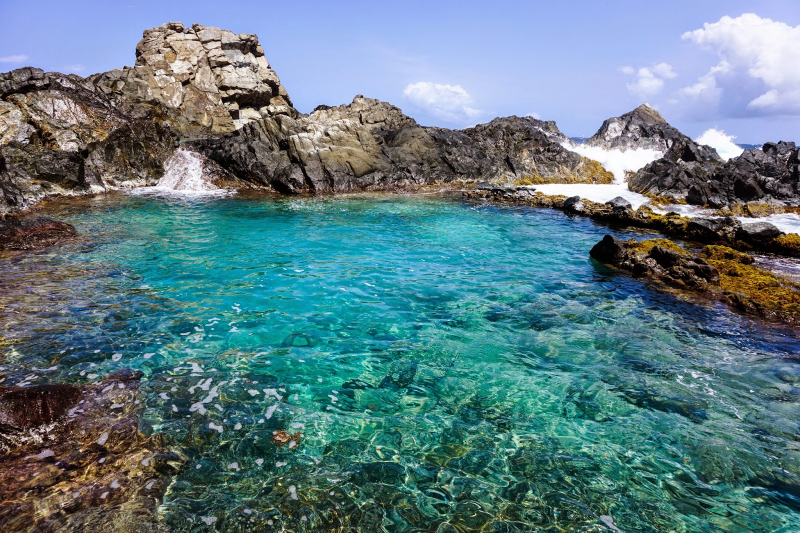
Aruba -
A white-sand beach, a huge golf course, or a duty-free shopping complex can be found pretty much anyplace in the Caribbean, but tourists to Barbados may sample the bittersweet Mount Gay Rum, dance to the beat of a calypso song, or watch a polo or cricket match. Even if you could spend all of your time on the beach, there's plenty more to see and do in this Caribbean paradise. This opulent island boasts stunning architecture, a fervent sports culture, and a party-loving mentality.
Barbados, the Caribbean's easternmost island, juggles two diverse cultures to produce a distinct Bajan personality. Even though it gained independence from the United Kingdom in 1966, the island maintains British customs such as afternoon tea, cricket, and horse racing. The island's sugar cane fields, rum distilleries, and beautiful scenery, however, bear the hallmarks of the Caribbean and West Africa. Then there are the numerous beaches. While all of Barbados' beaches provide breathtaking vistas and soothing ocean breezes, Dover Beach, Bathsheba Beach, and the sands facing Carlisle Bay are among the must-sees.
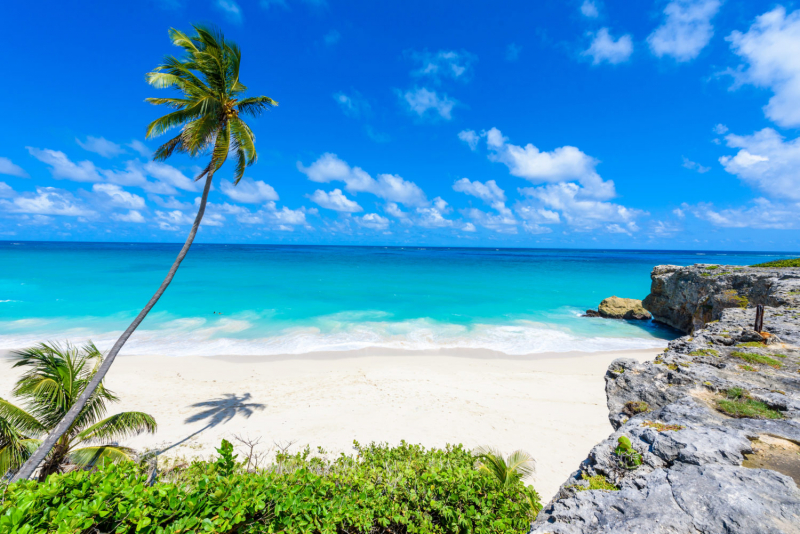
Barbados 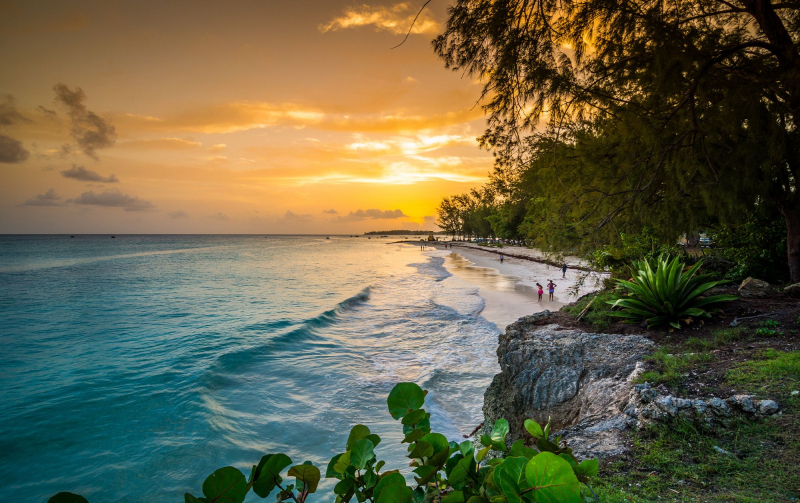
Barbados -
Antigua has it all: historic landmarks, delicious cuisine, and a vibrant cultural environment. The beauty and diversity of the island's 365 beaches, however, lure visitors from all over the world. Do you enjoy having a sand party? Are you seeking a place where your kids may play in safe, shallow water? Would you like to dive into the depths of the ocean? With one beach for every day of the year, this paradise in the Leeward Islands has you covered.
Save your sun and beach vacations for Antigua's must-see attractions; its tranquil sister island, Barbuda, is more easygoing and less crowded. If you do go to Antigua's attractions, you'll see that the panoramic view from Shirley Heights and the interesting history of the Cathedral of St. John the Divine is mostly neglected by the sunbathers who have set up camp along the shoreline. That will only add to the pleasure of your sightseeing excursions, as you'll have fewer people to contend with while you discover some of the island's hidden beauty.
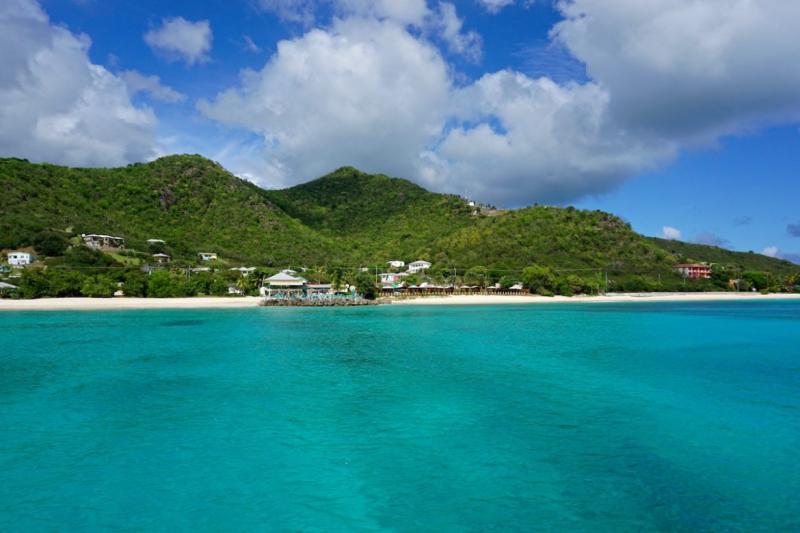
Antigua 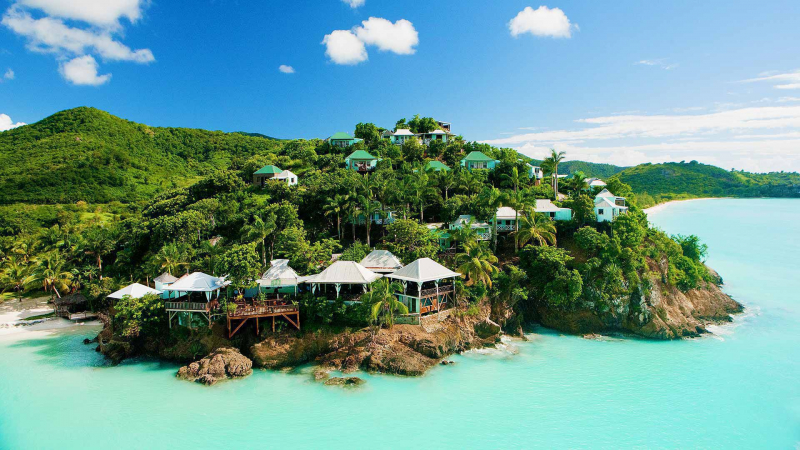
Antigua -
You haven't gone to feisty St. Martin and St. Maarten if you identify the Caribbean with a laid-back environment, a serene beach, and a peaceful sunset. What is the nicest aspect of visiting an island that is ruled by two governments? For the price of one vacation, you may sample two separate, vibrant cultures. Hurricane Irma wreaked havoc on the island, as it did most of the Caribbean, in 2017. Check the status of any companies you want to visit in advance by calling or visiting their websites. In between excursions to the beach, visitors flock to the 37-square-mile island to eat well, party hard, and shop duty-free.
The French government controls the north side, St. Martin. It's where the island's best restaurants and party beaches can be found. The cosmopolitan island of St. Maarten, on the other hand, is home to the most vibrant casinos, pubs, and nightclubs. St. Maarten is a Dutch Antilles enclave that covers 16 square miles in the south. Despite the excitement, St. Martin and St. Maarten maintain a stress-free atmosphere, beginning with the ease with which you may travel between the two sides of the island. Soak up some rays on a peaceful Dutch-side beach in the morning, then enjoy a leisurely afternoon stroll around a French-side mountain in the afternoon. You'll be ready to slip back across the border for a night of gambling.
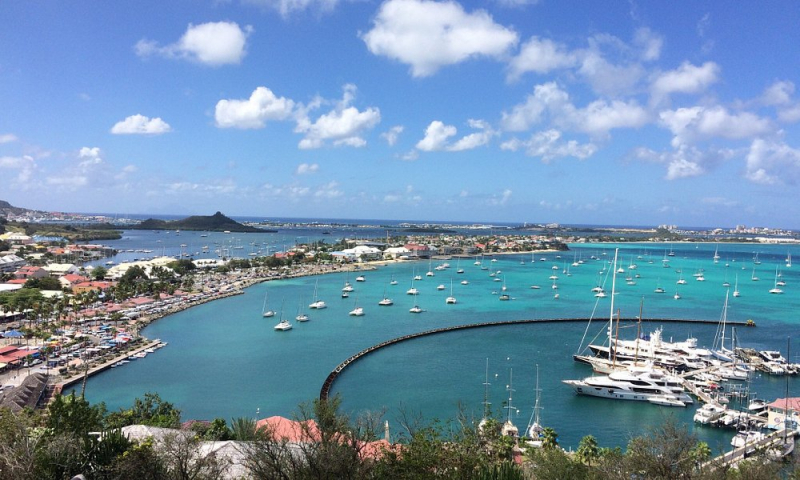
St. Martin - St. Maarten 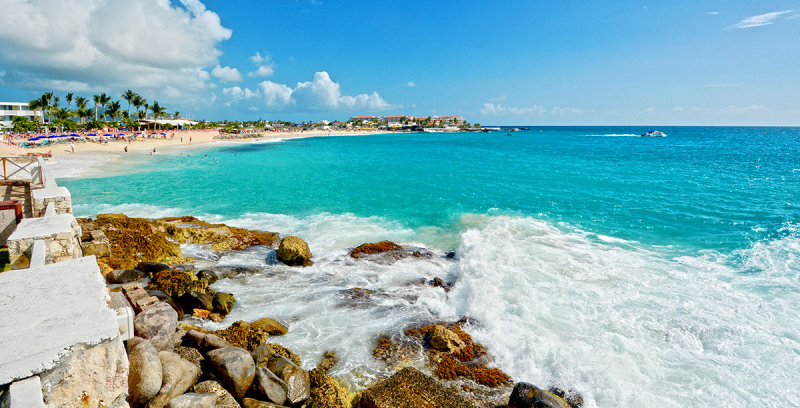
St. Martin - St. Maarten -
The Bahamas' 700 islands attract millions of visitors each year who come to enjoy the white sand beaches, duty-free shopping, fishing and scuba diving excursions, and beautiful lodgings. Families go here for the amusements of Atlantis, Paradise Island, and other large resorts, but this varied island chain also has a variety of activities outside of the hotel zone. Nature lovers may visit the Leon Levy Native Plant Preserve on Eleuthera and Lucayan National Park on Grand Bahama Island, or relax on one of the country's many beaches or private islands.
History aficionados may also visit the remains and relics from the colonial era, as well as indigenous peoples like the Lucayan Indians. It's no surprise that the Bahamas is a popular holiday location, especially with cruise offers accessible all year.
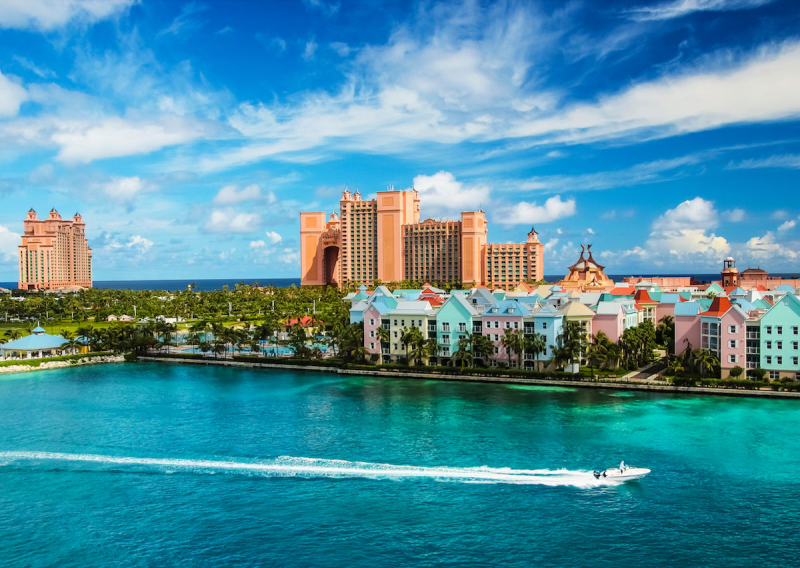
Bahamas 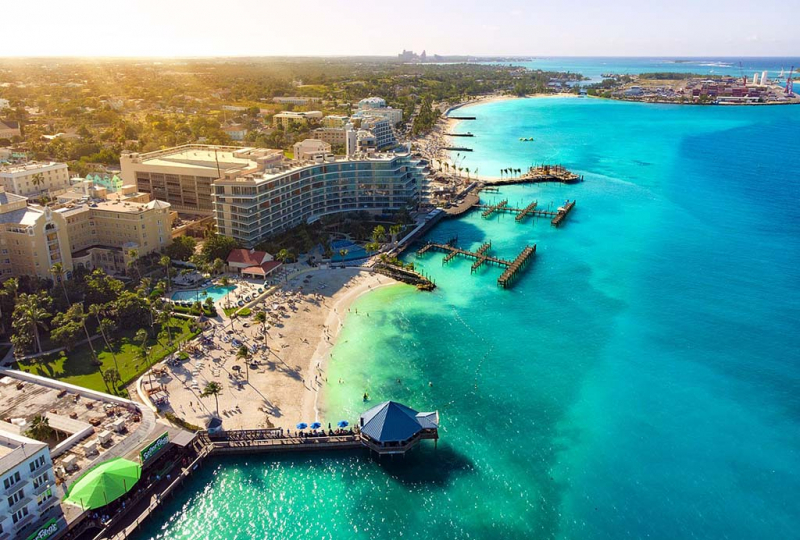
Bahamas -
The picturesque Cayman Islands remains a popular Caribbean destination for both action and leisure seekers. Divers are drawn to coral reefs and shipwrecks in the same way that beachgoers are drawn to rum punch. Honeymooners explore the 200-year-old Mastic Trail, while parents take their youngsters to Stingray City for interactive swimming. The Cayman Islands can accommodate you in whatever way you choose to relax.
The Cayman Islands is a three-island archipelago located 150 miles south of Cuba. Grand Cayman, the biggest, is full of massive all-inclusive resorts, ideal for individuals who enjoy pre-planned itineraries and don't mind sharing the attractions with cruise passengers. Meanwhile, the lesser-known Cayman Brac and Little Cayman provide some of the Caribbean's greatest diving.
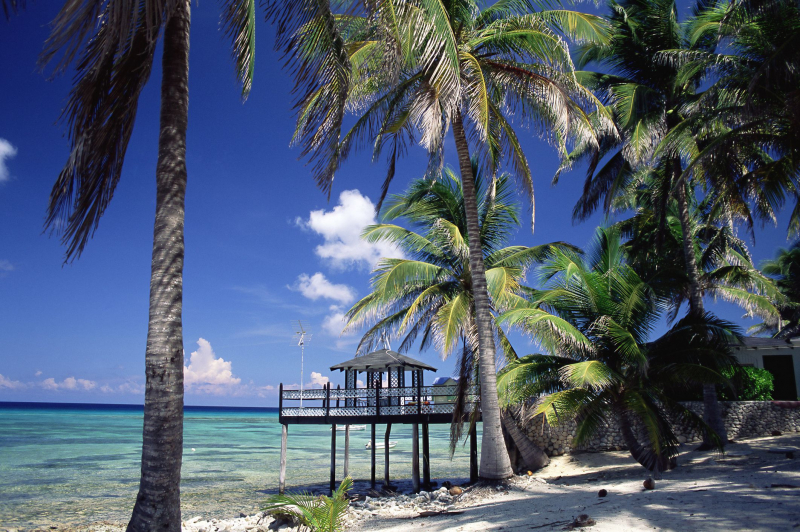
Cayman Islands 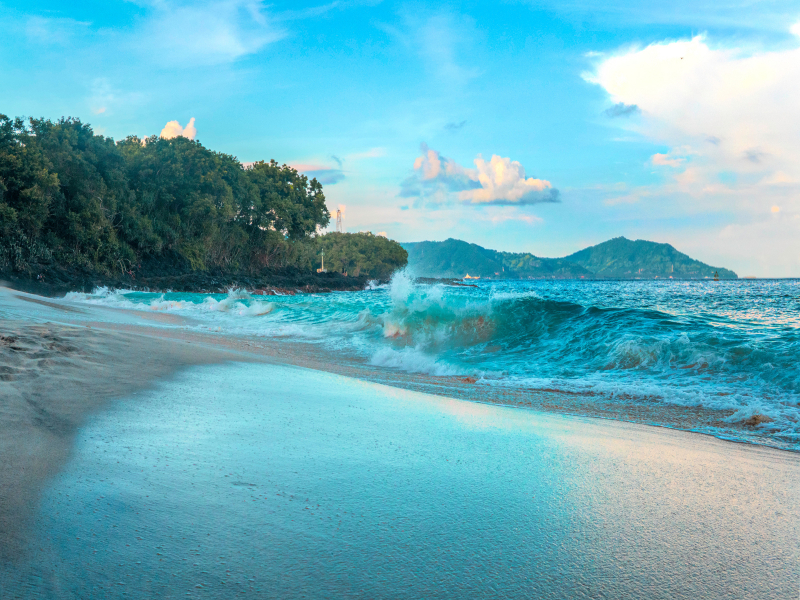
Cayman Islands -
Curacao, the "C" in the ABC islands, has ancient villages, rough scenery, and lots of suns. (Aruba and Bonaire are the two islands that make up the Leeward Antilles' westernmost islands.) Willemstad, Curaçao's principal port city, is what an Old World European city might look like if transplanted to the Caribbean. The vividly painted Dutch colonial houses mirror the cerulean St. Anna Bay in pinks, yellows, and blues. The environment changes after you leave the city, with spiky aloe and mesquite blooming from atop aged limestone cliffs.
The beach, though, is Curaçao's main attraction. The island is flanked by picture-perfect beaches and coves, with turquoise waves lapping softly against the pure white sand. The reefs of Curacao are teeming with marine life, making for fantastic underwater playgrounds for scuba divers and snorkelers. Best of all, the semiarid island is protected from the worst hurricane season in the Atlantic. Temperatures in the mid-80s are maintained by gentle trade breezes, allowing you to enjoy the outdoors all year.
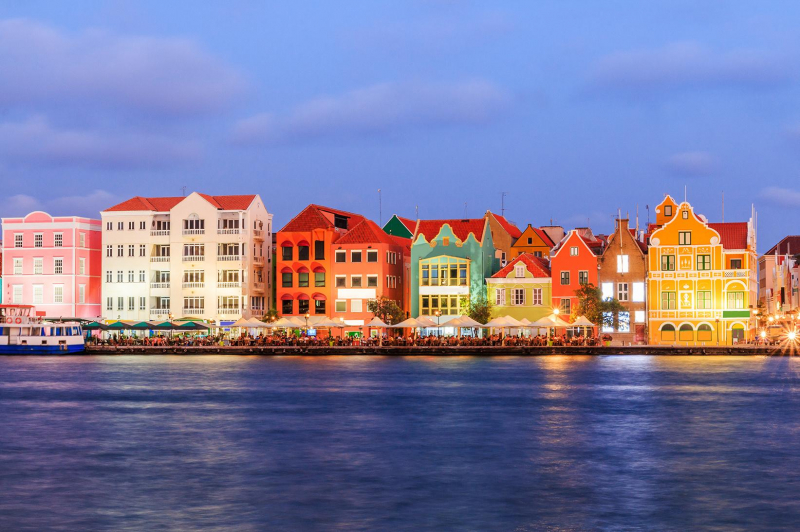
Curacao 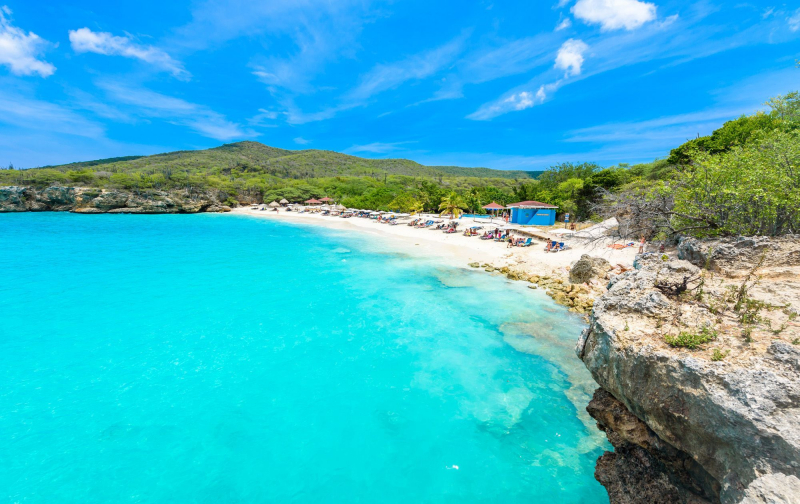
Curacao -
Anguilla is a Caribbean British overseas territory. It's one of the Lesser Antilles' most northerly Leeward Islands, located east of Puerto Rico and the Virgin Islands and straight north of Saint Martin. The main island of Anguilla, which is roughly 16 miles (26 kilometers) long and 3 miles (5 kilometers) broad at its widest point, is part of the territory, as are a number of many smaller islands and cays with no permanent population.
On Anguilla, you'll discover something a little more authentic than on some Caribbean islands masquerading as tourist traps. Cruise ships, casinos, and high-rise hotels are prohibited, but there are plenty of beautiful, coral-filled waterways, unmarked and gravel roads, and low-key beachside houses. From extravagant resorts to smart outdoor eating, pampering is in high demand. The days here are long because there isn't much to do but rest. However, as the sun sets, you'll be treated to one of the greatest live music scenes in the Western Hemisphere. Quincy Jones, Bankie Banx, and Jimmy Buffett have all performed on Anguilla's pristine beaches.
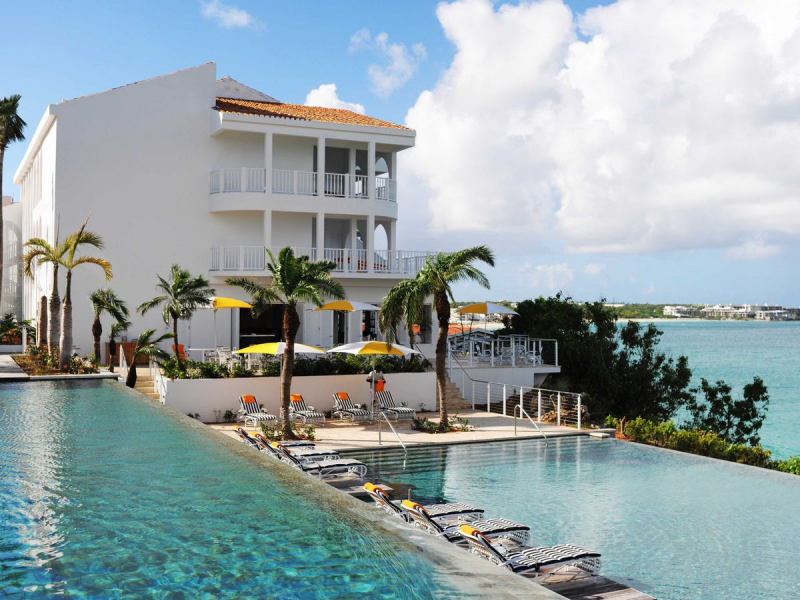
Anguilla 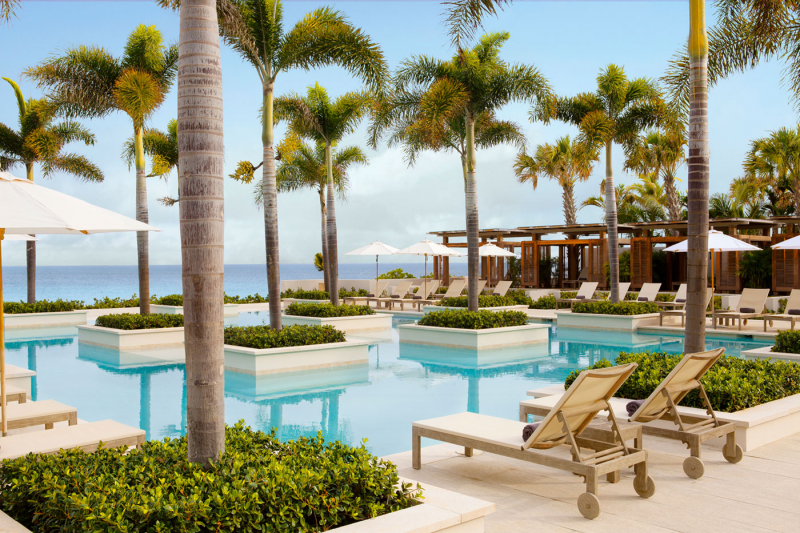
Anguilla -
There's no denying that Guadeloupe has a certain something special about it, a spark that sets it apart from other Caribbean islands. The majestic La Soufrière volcano is surrounded by green woods and sparkling white and black sand beaches that stretch into tranquil, cerulean seas. Visitors to centuries-old distilleries and distant sugar fields are welcomed by picturesque communities just a few miles south. Simply said, Guadeloupe has an untouched natural landscape that exudes rustic appeal. But this gorgeous group of islands has a lot more to offer. Where else can you inhale the delicious perfume of sugar and rum, eat exquisite French-Creole delicacies, and lay your towel down along undisturbed expanses of sandy bliss?
However, before you can enjoy the warmth and magnificence of Guadeloupe, you'll need to find your bearings. The "mainland" of Guadeloupe is made up of two different islands: Basse-Terre (the region's capital city) and Grande-Terre (the islands' opulent vacation paradise), which combined create the shape of a butterfly. The western wing is made up of Basse-Terre, while the eastern wing is made up of Grande-Terre. The outlying islands of Marie-Galante, La Désirade, and Les Saintes form a cluster around Basse-Terre and Grande-Terre. Each isle is isolated, beautiful, and well worth a day trip. If you're just there for a few days, don't pass up the opportunity to have a fiery Lambi (conch) meal or cruise around the islands' captivating archipelago.
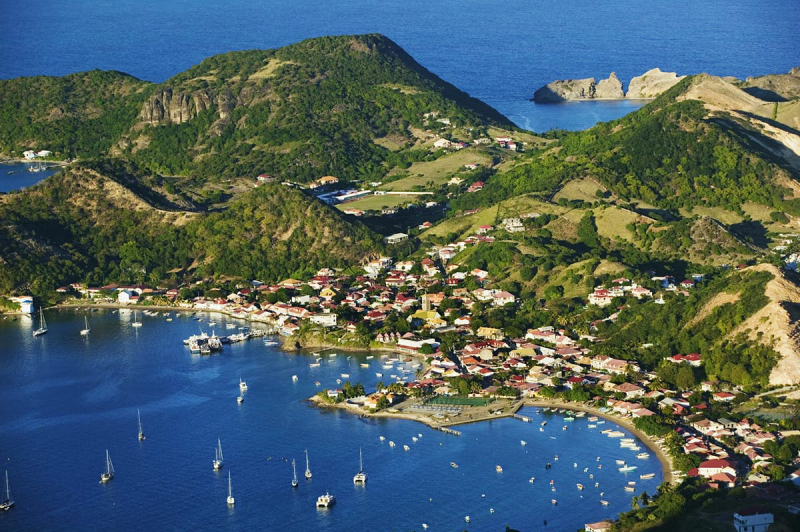
Guadeloupe 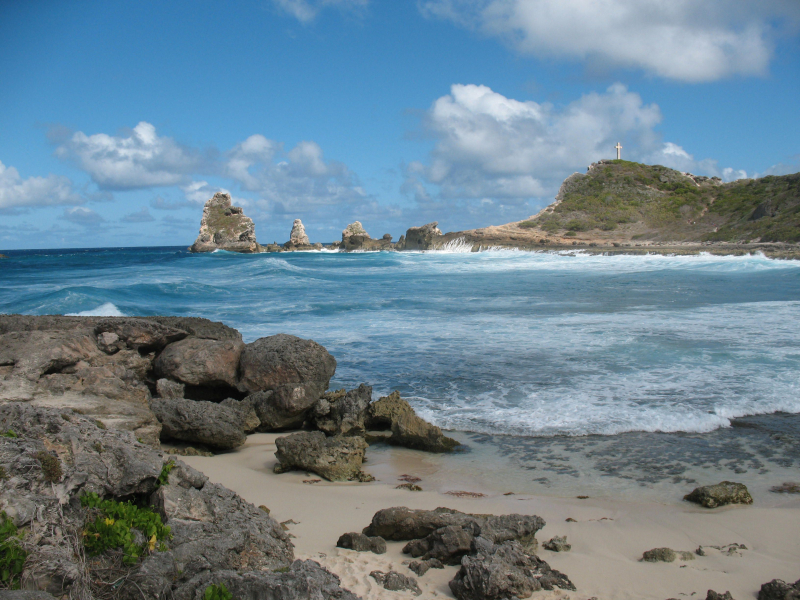
Guadeloupe



















